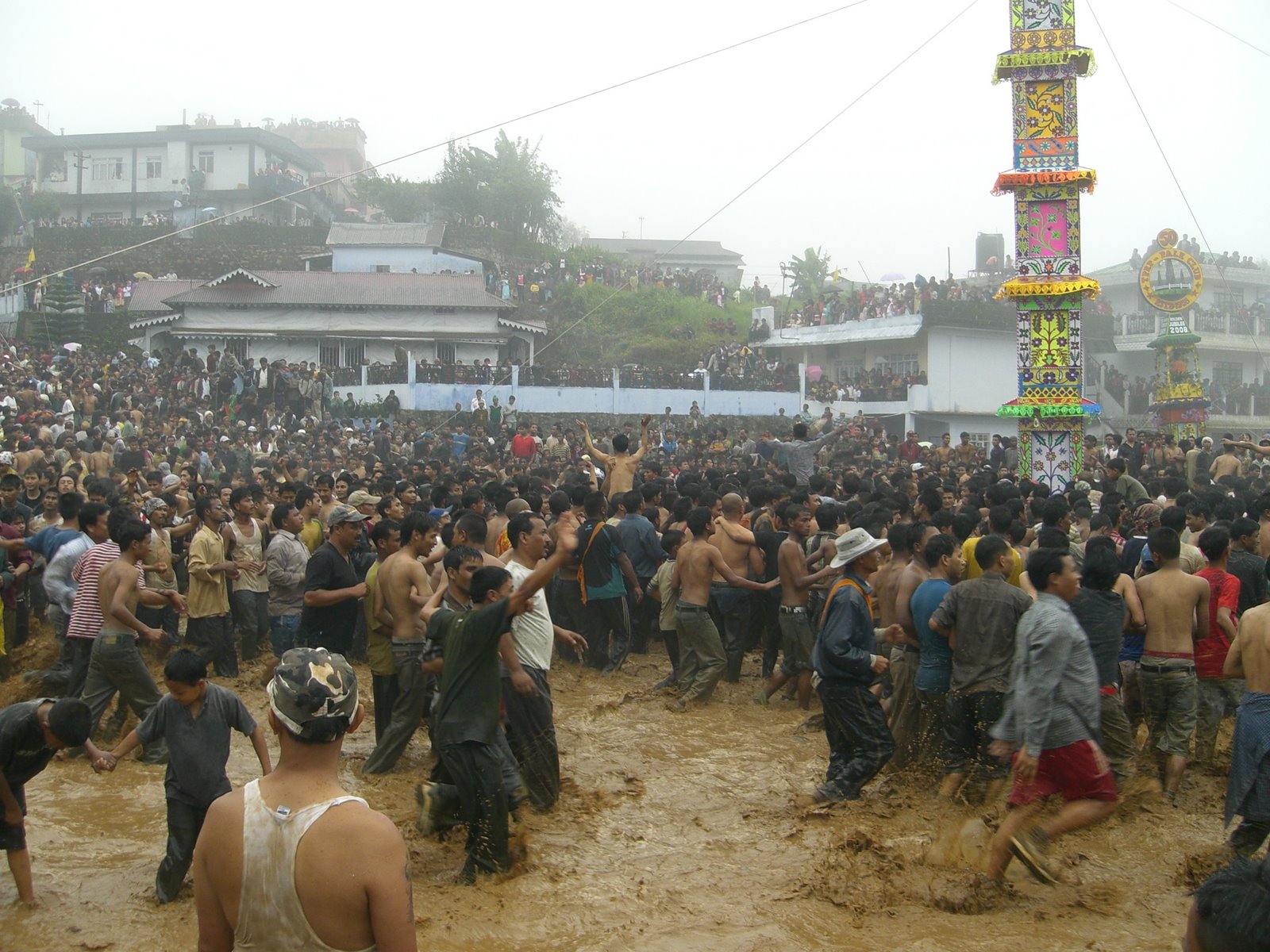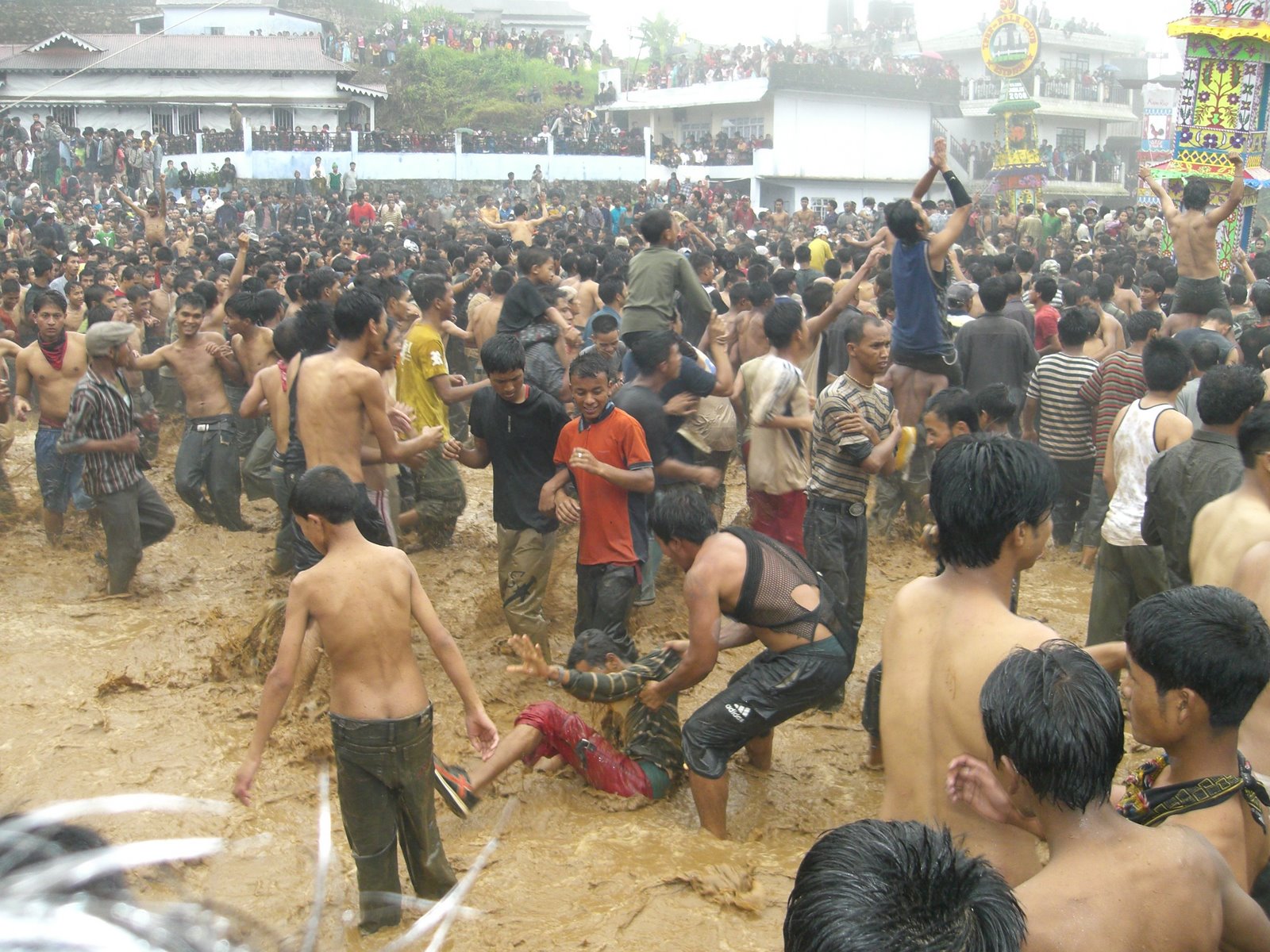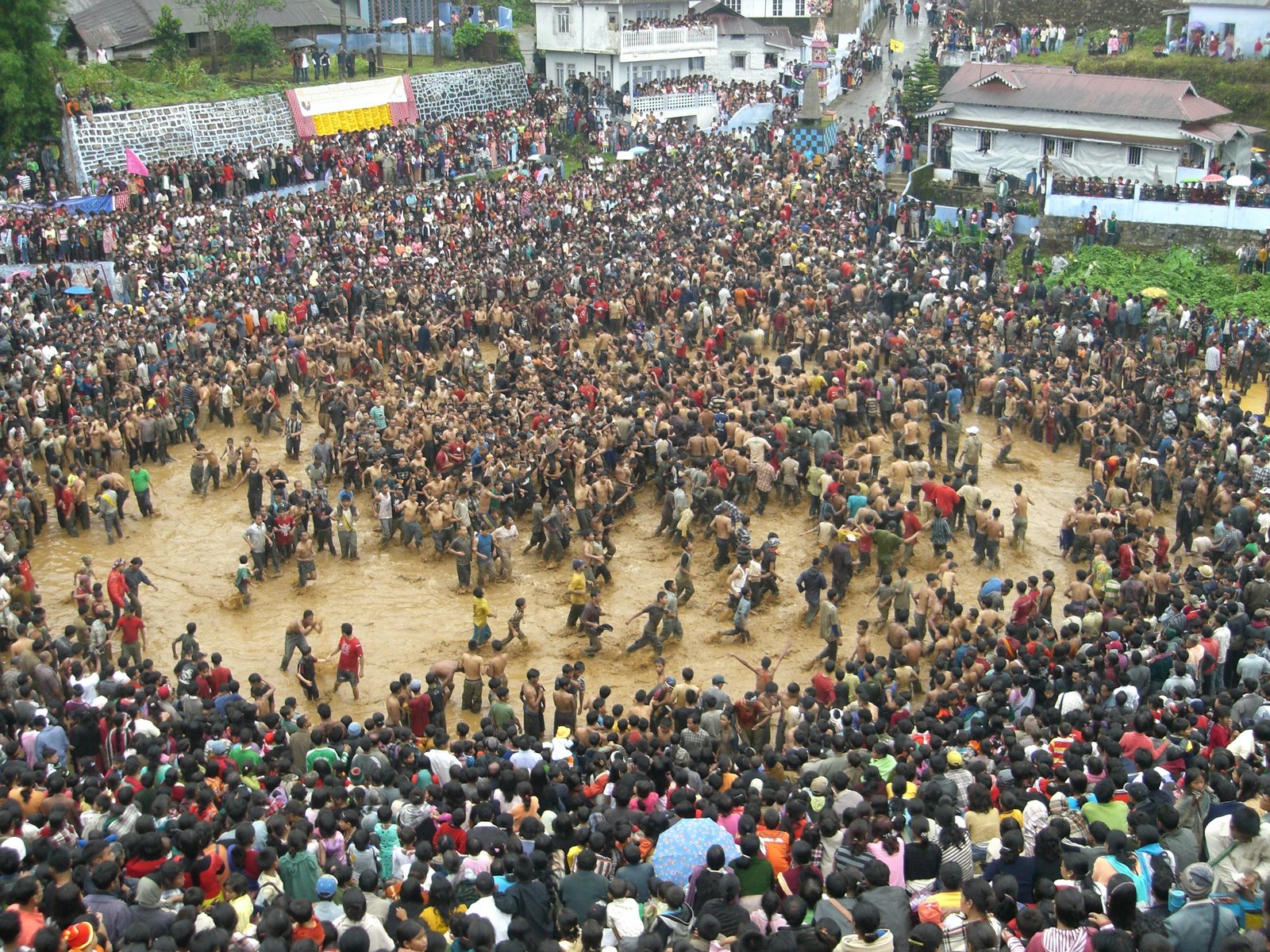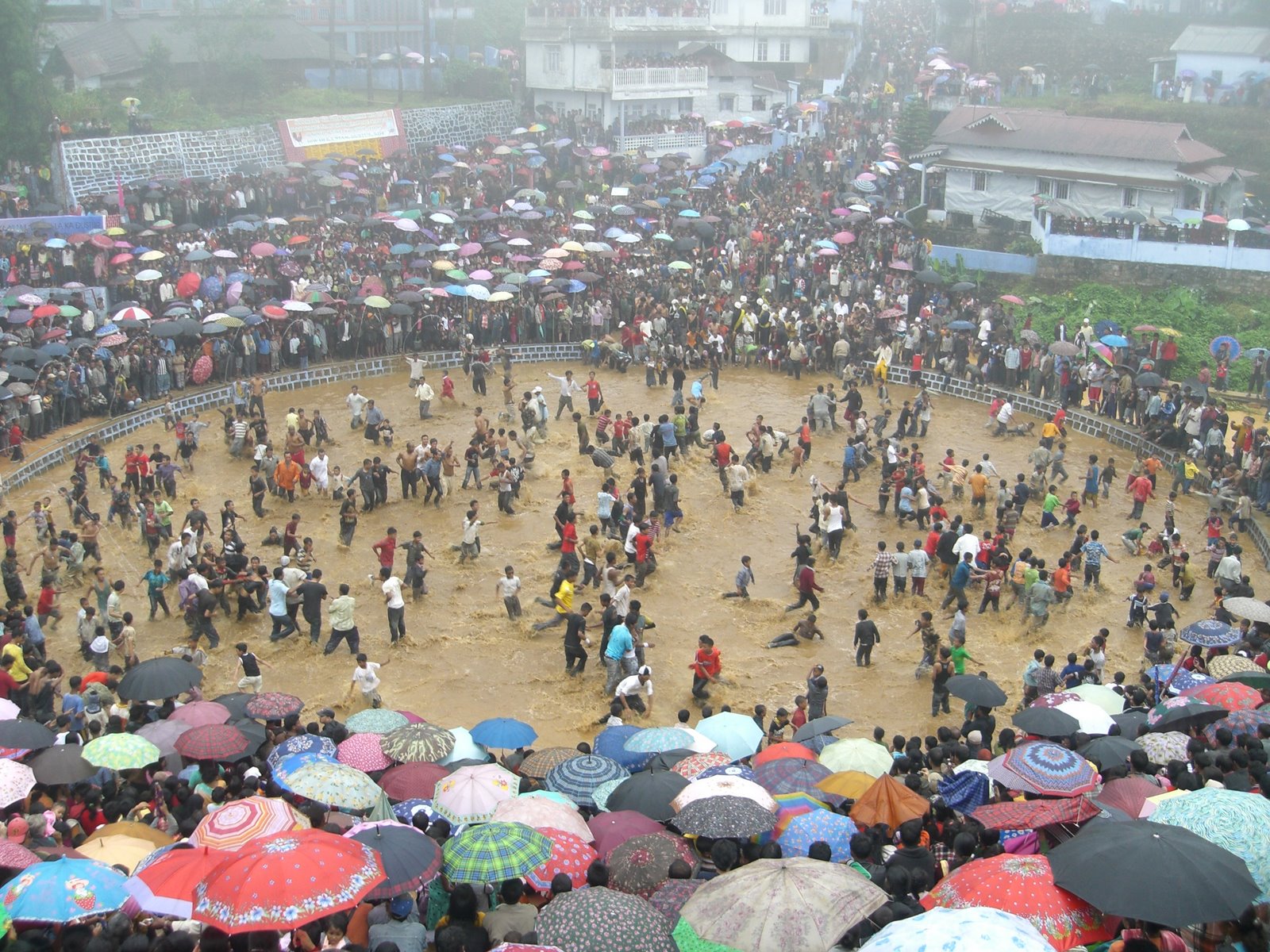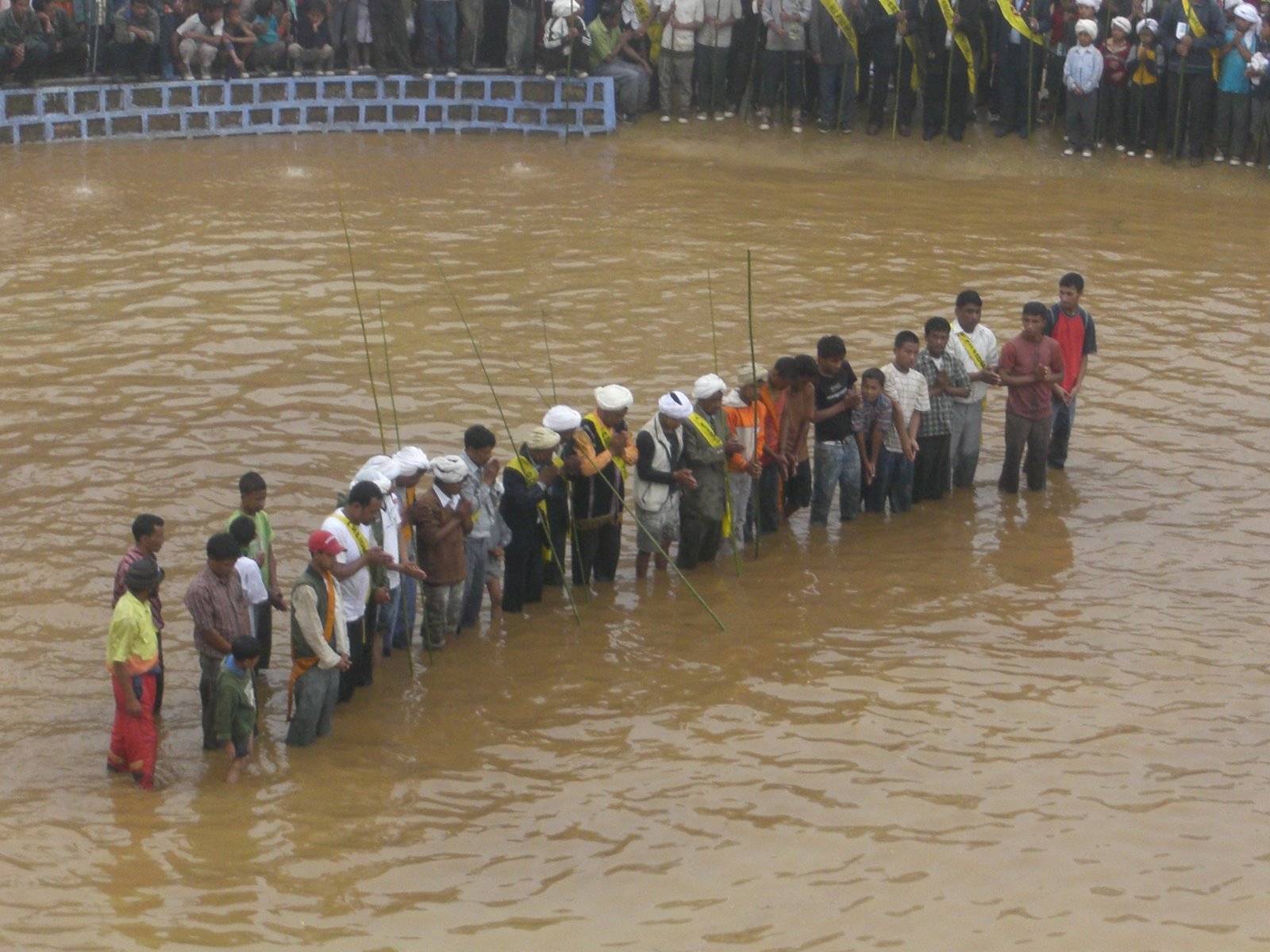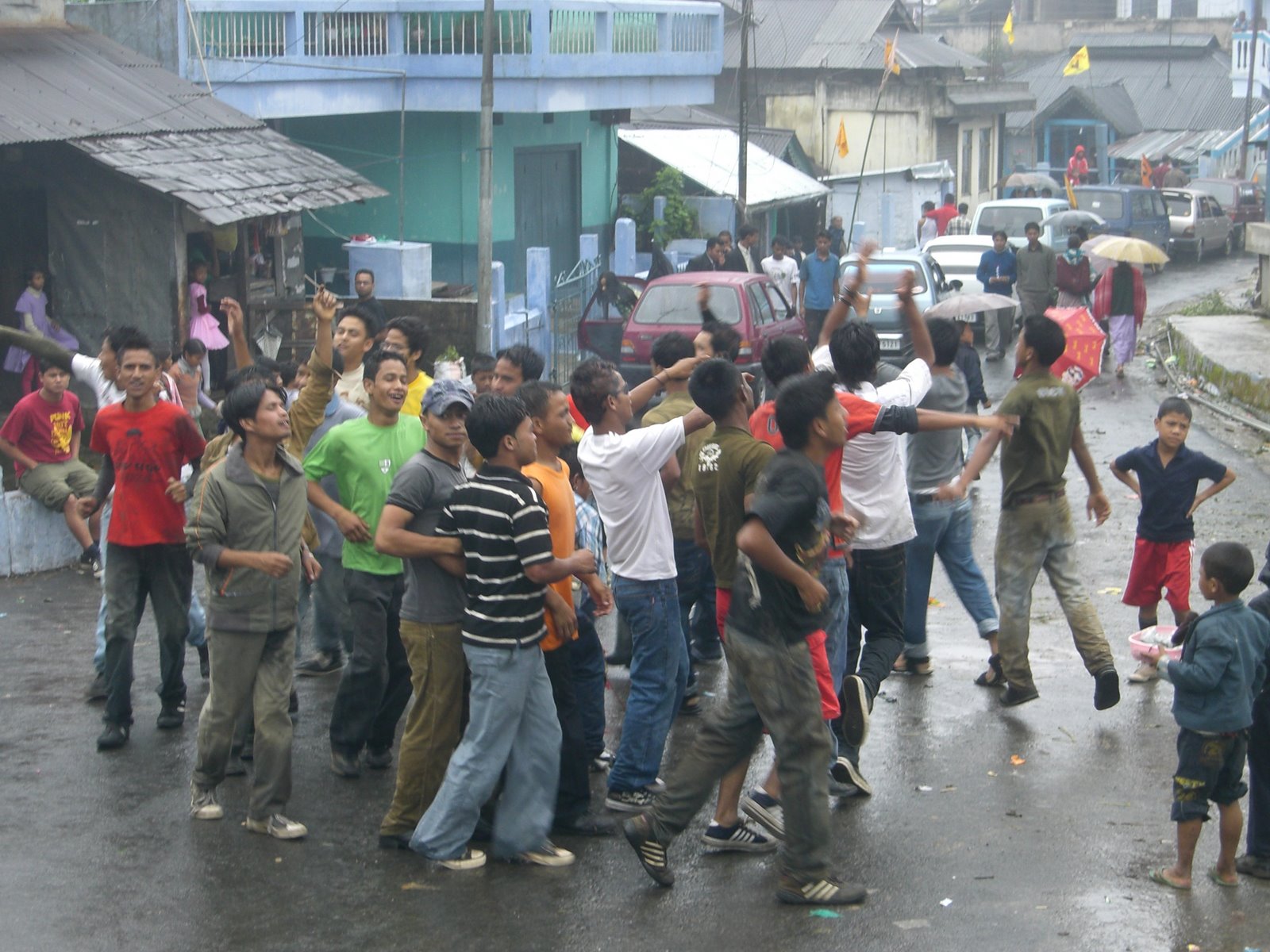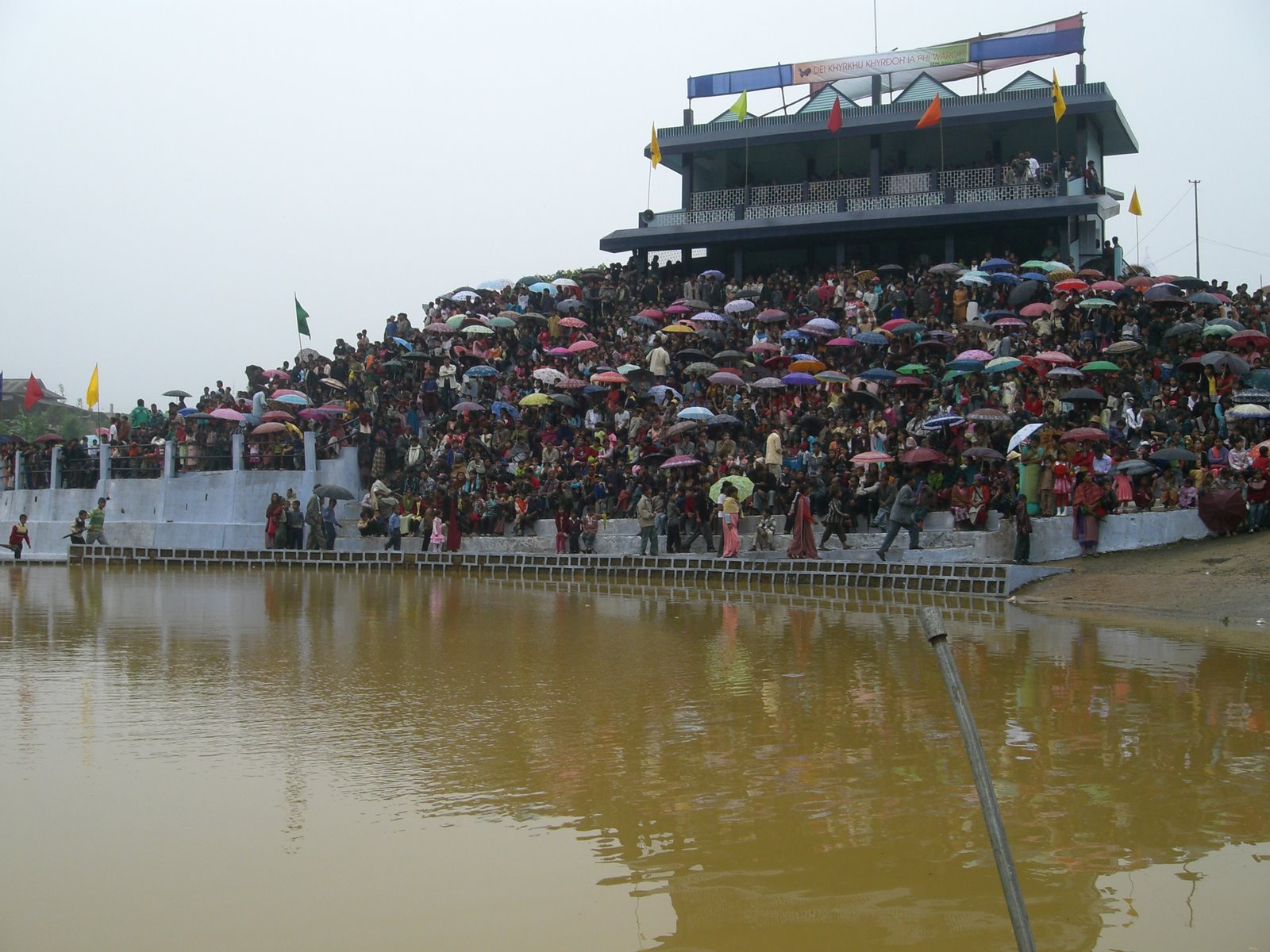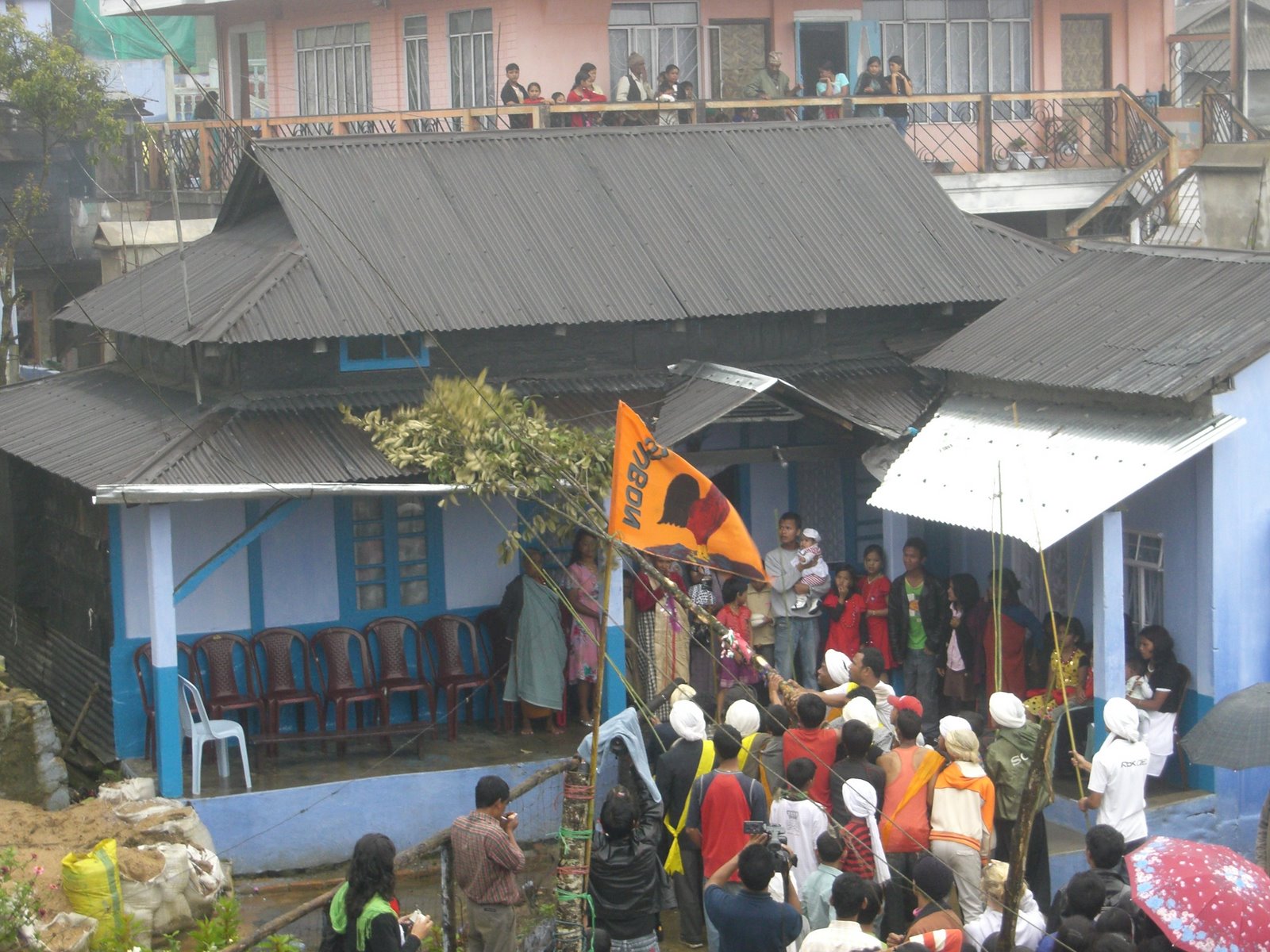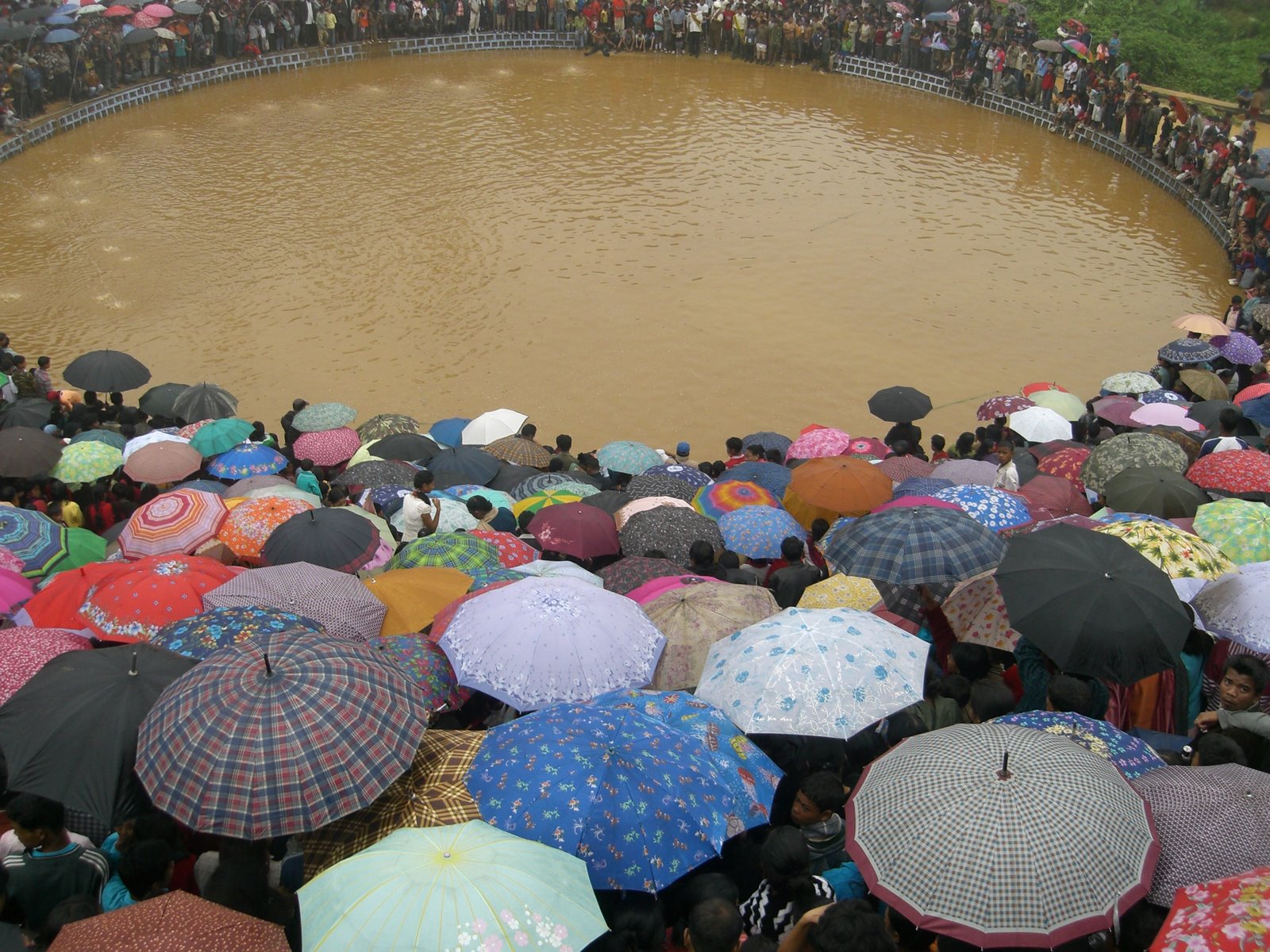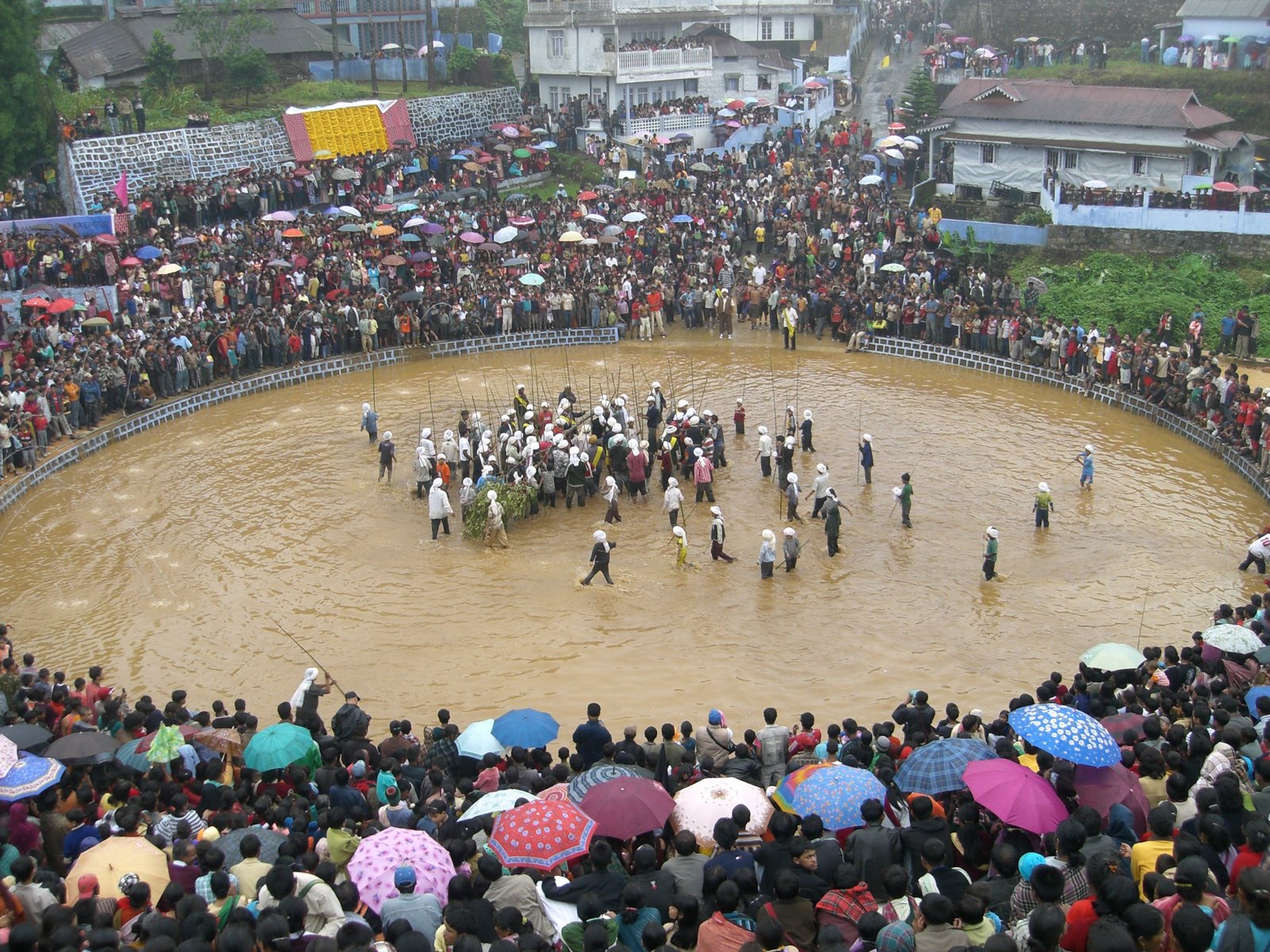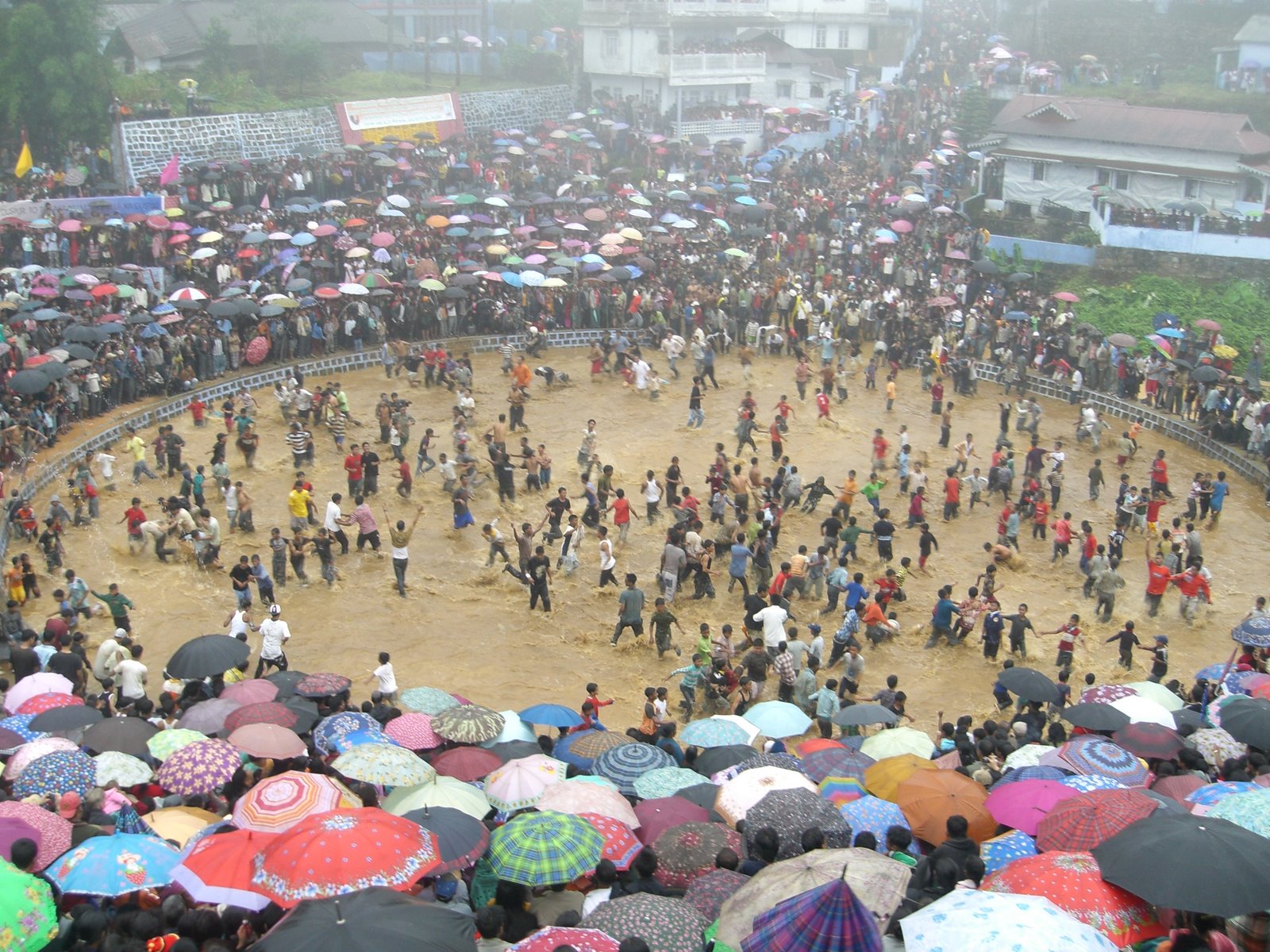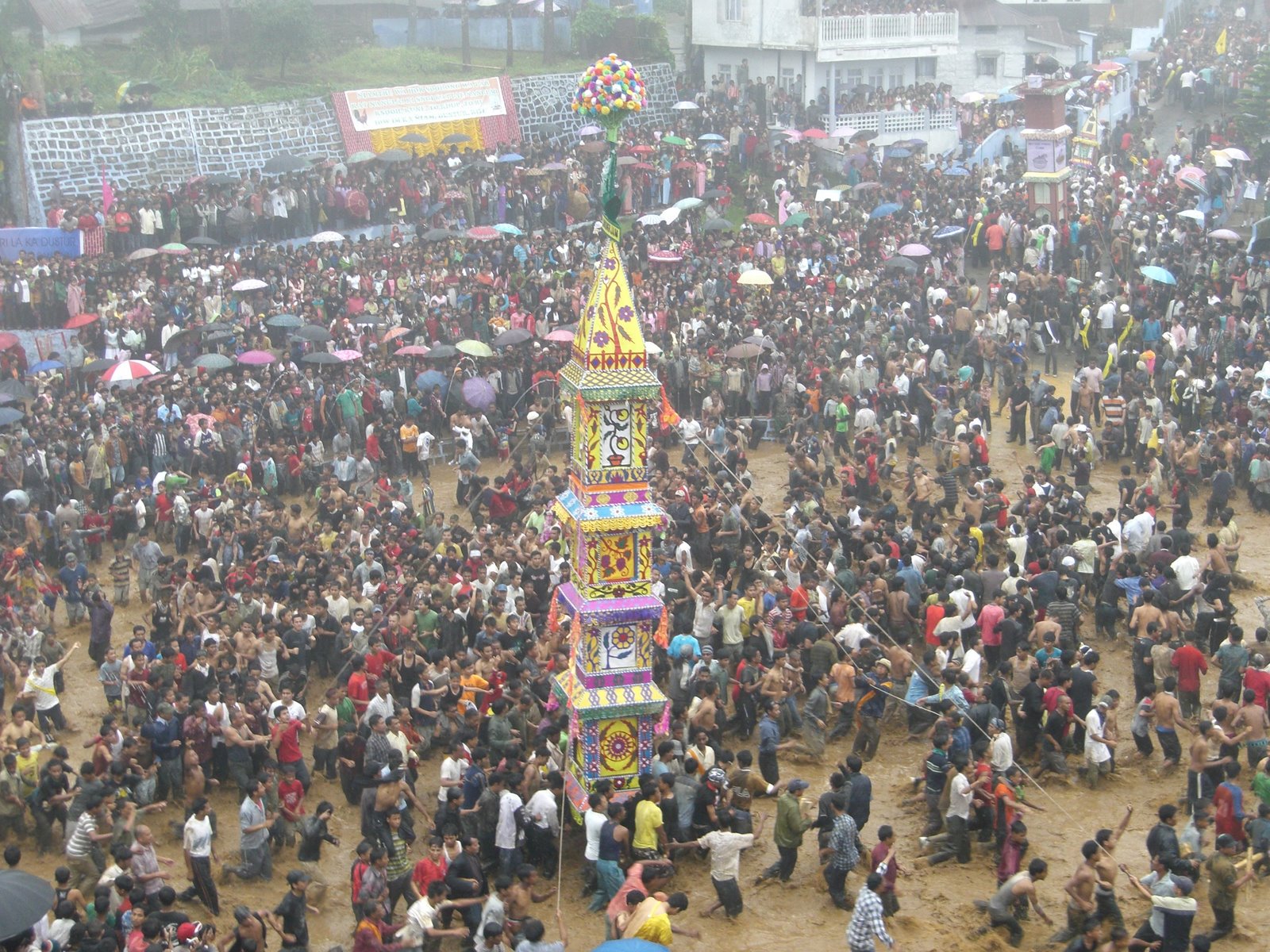
FIFA’s norm for an International football pitch is about 100 by 75 meter, but this “International” football field is weirdly numbered 1267/1S.
Many grueling International encounters were held on this field between lowly FIFA-ranked India (133) and Bangladesh (157).
Barefooted men, dribbled, tackled and shoulder-challenged to tear through opponents’ defense and let in blinding shots at the back of the net. There were scenes of jubilation and also a few tears shed after 90 minutes.
That was when good old footballs were hand- stitched in old-fashioned way and Jabulanis didn’t swerve uncomfortably and Bangladesh was a concept.
Back then, people from erstwhile East Pakistan entered the haloed pitch on weekly market days and engaged in fiercely contested soccer matches in Lyngkhat football field after a good day of barter trade in Betel leaves and nuts, Oranges and other perishable items.
After 1971, Bangladesh wanted rules changed in its favour and laid claim over the field. India immediately flashed the red-card to the Bangladeshis.
In fact, the entire Lyngkhat village, dubbed as Lakhancherra by Bangladeshis is being claimed and is in “adverse possession” of India. The field falls between border pillar 1267 and sub-pillar 1S.
Holding of friendly matches is therefore unthinkable. Bangladesh Rifles and Border Security Force now walk on opposite ends of the field, both refereeing with its own set of rules.
“The demarcation is so vague. The field is a classic example of a flawed demarcation. It falls between International border pillar 1267 and sub pillar 1S,” a BSF official posted in the area said.
He said Indians do enjoy maximum possession of the field and Bangladeshi villagers are left as mere spectators. “They do watch Indian villagers playing from their side known as Islampur,” he added.
Lyngkhat village headman, Skhem Dkhar said the trend of holding soccer matches still prevails and on weekly market days such matches are held now amongst different villages, especially in winters.
Football is a raging passion in Meghalaya and the same holds true for villages along the entire stretch of the International border with Bangladesh, especially in Nayabazaar, Dawki, Lyngkhat and other places.
There is a slim possibility that such matches would be revived once the border Haat reopens along the border, especially the one at Dawki, sometimes this year.
Perhaps, one day someone like Messi or Robinho might emerge from these disadvantaged places and India would finally sound its own Vuvuzela and inform about its arrival at the greatest foot-balling stage.


